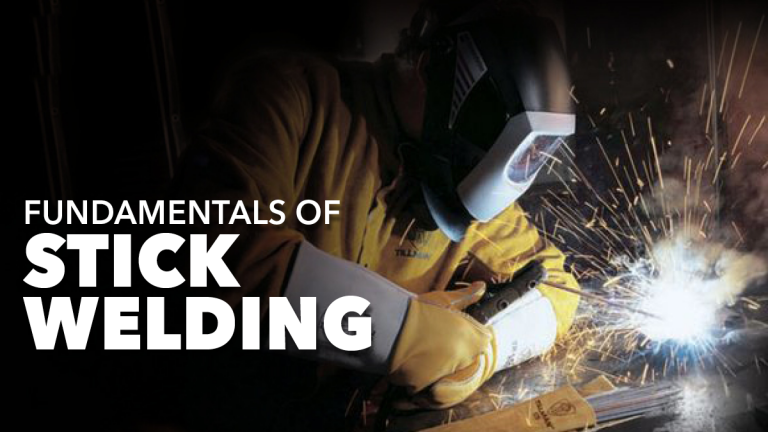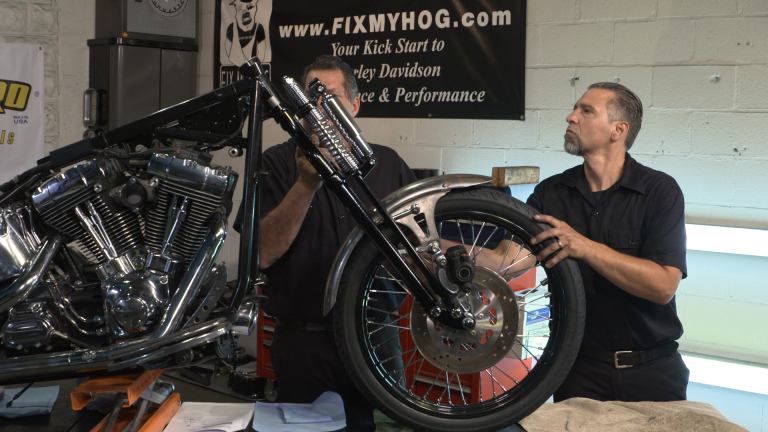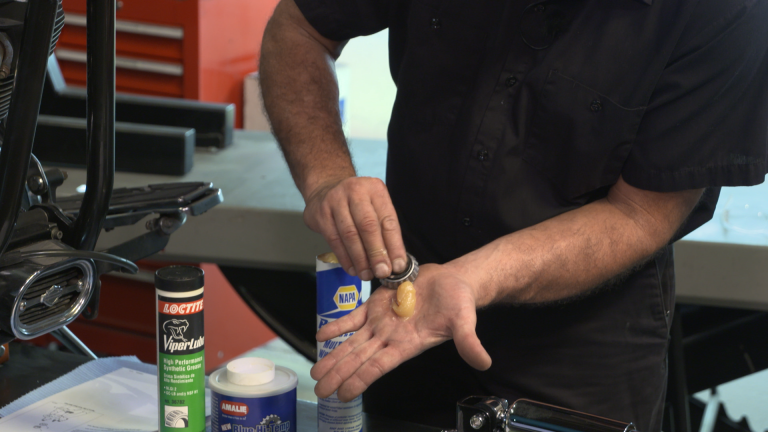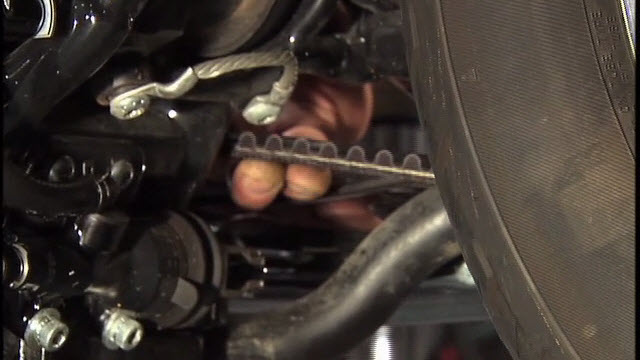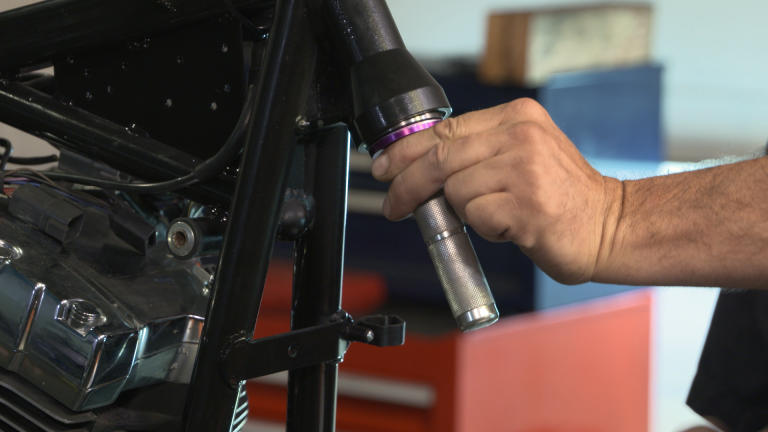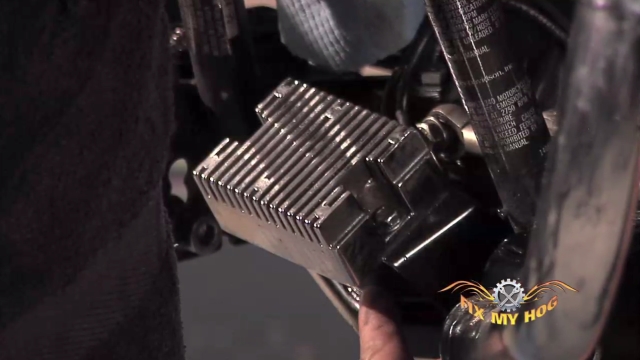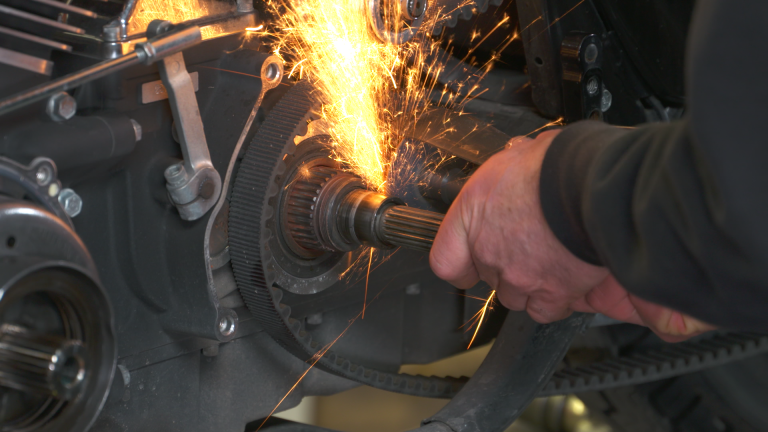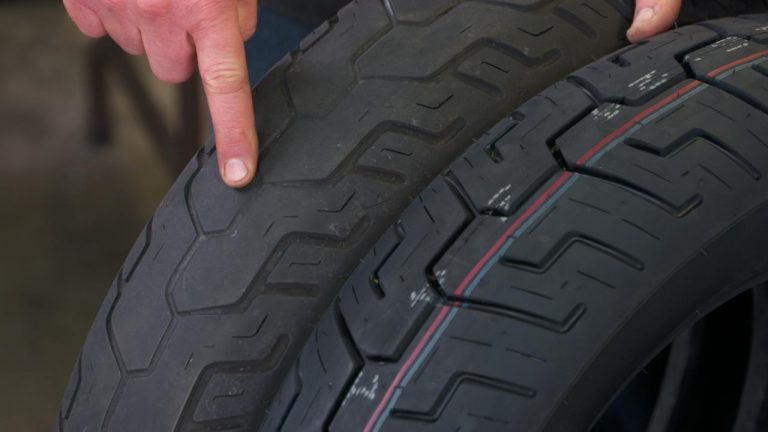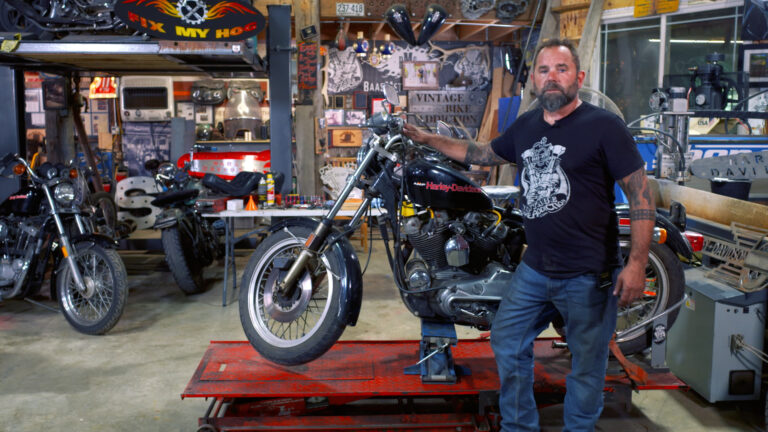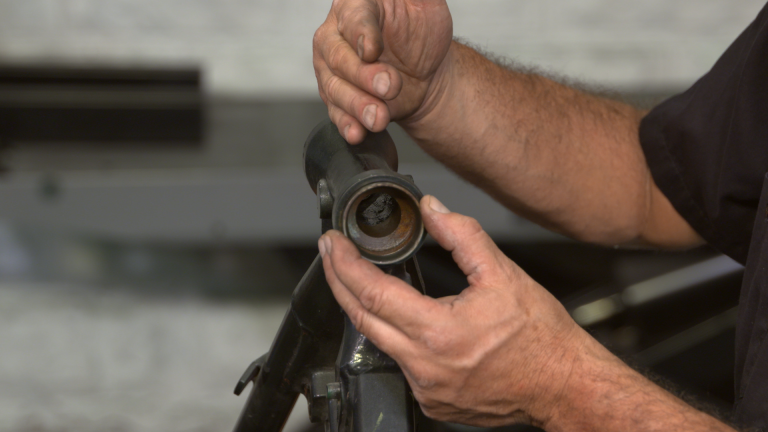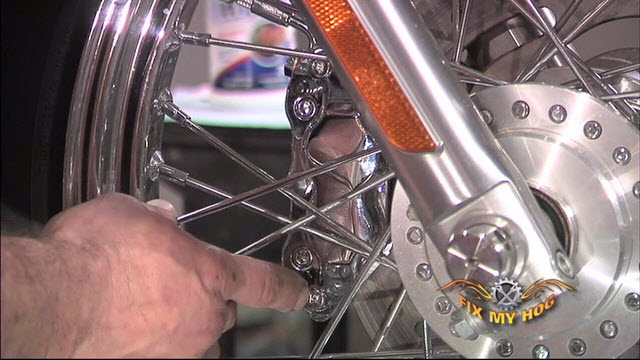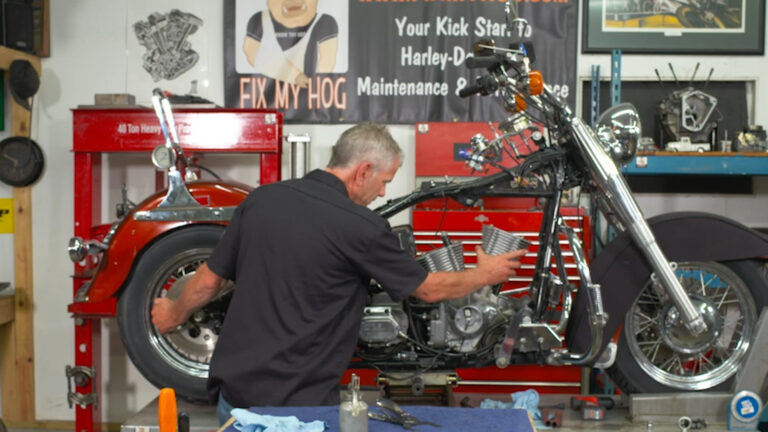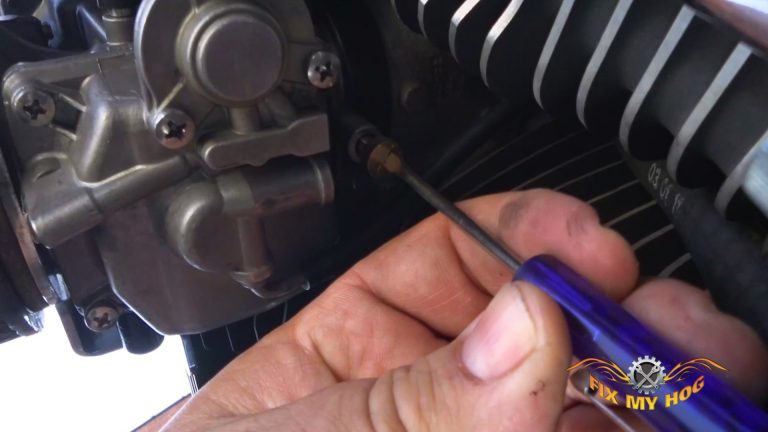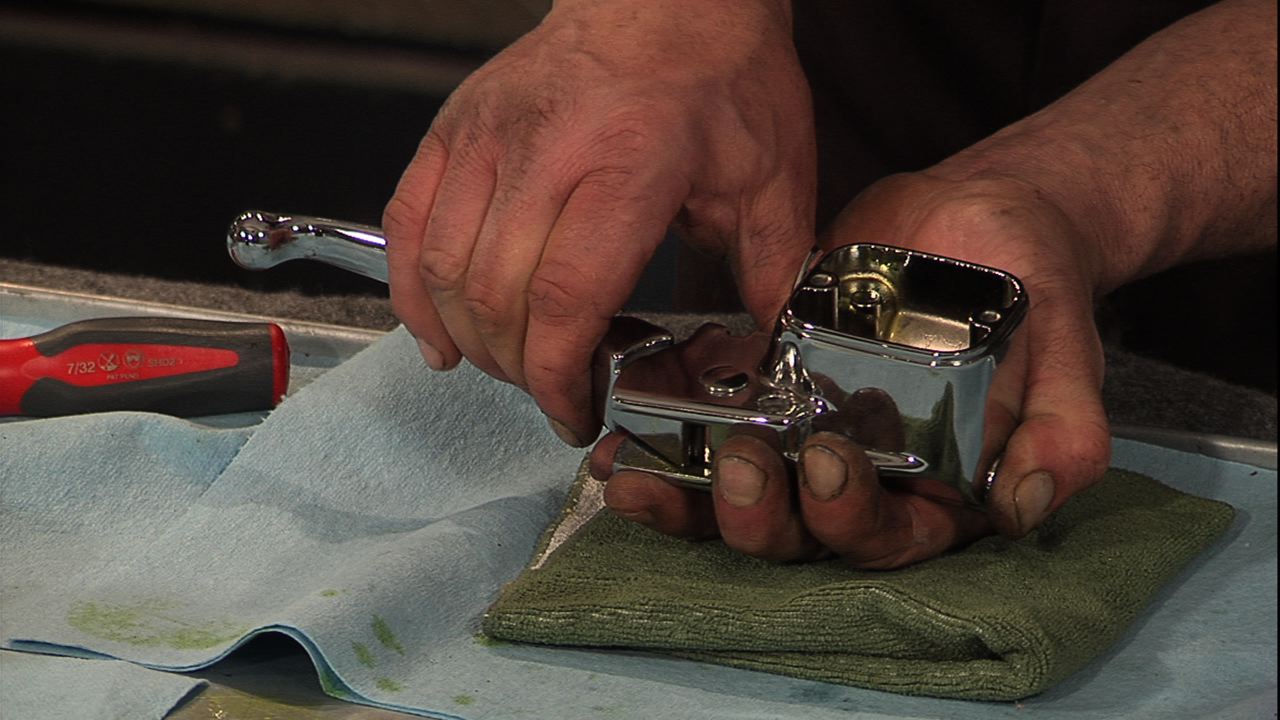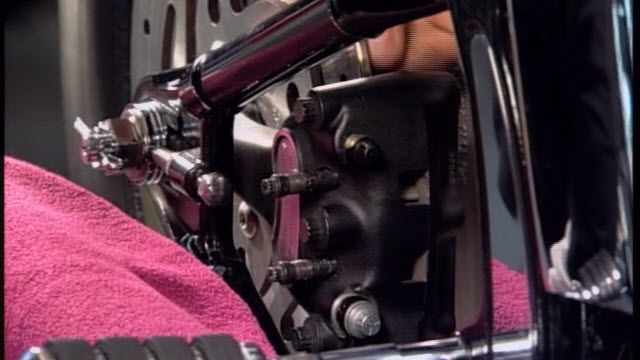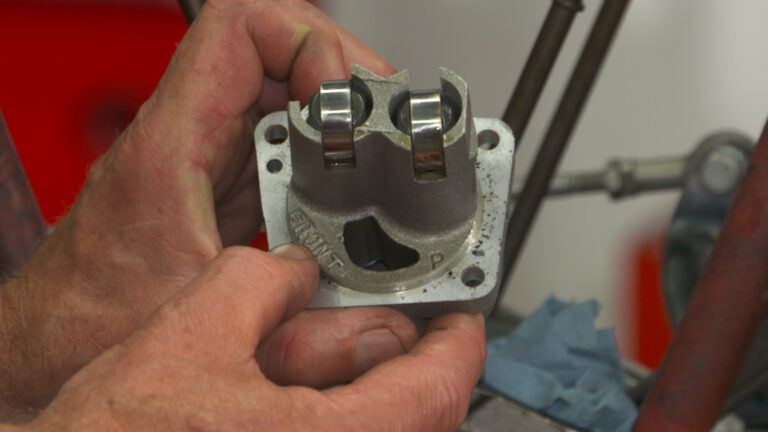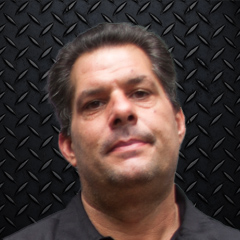
Springer Rebuild
Bob LaRosa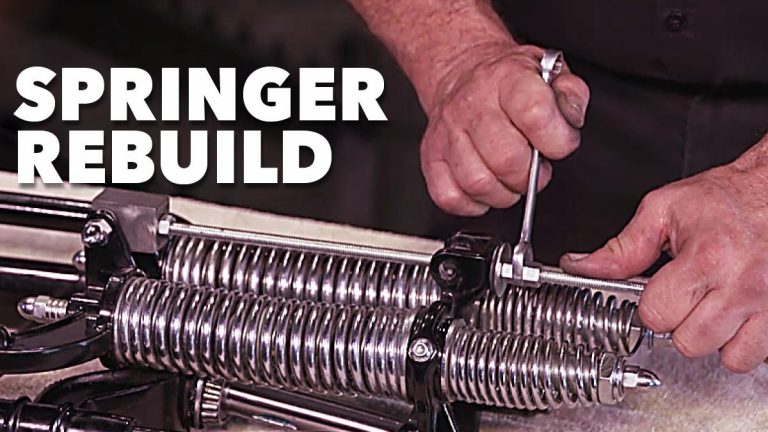
- In-depth Instruction; over 158 mins
- On-demand video access anytime
- Bonus downloadable PDF resources
- Access to class Q&A
- Available for purchase: $39.99
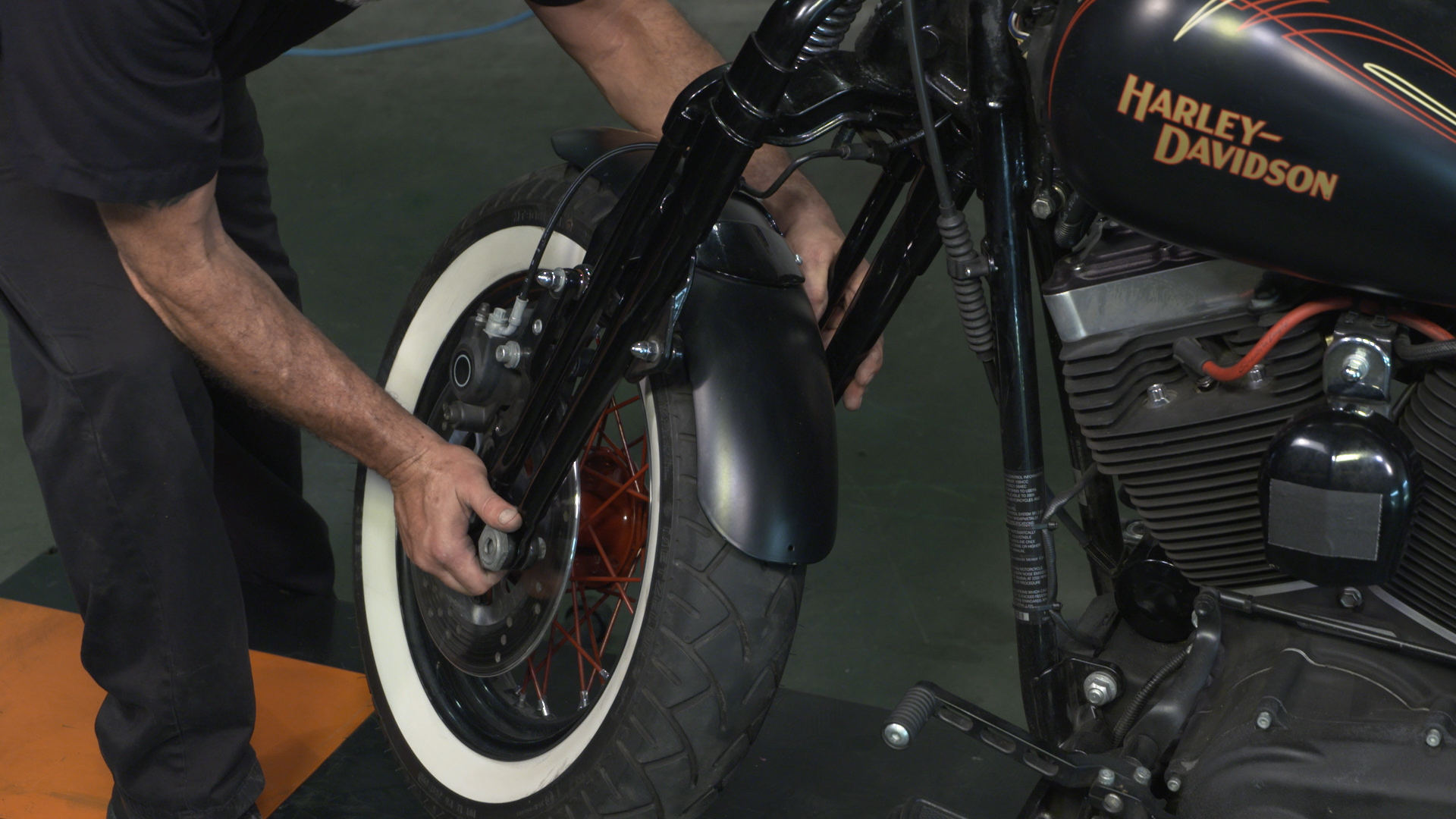


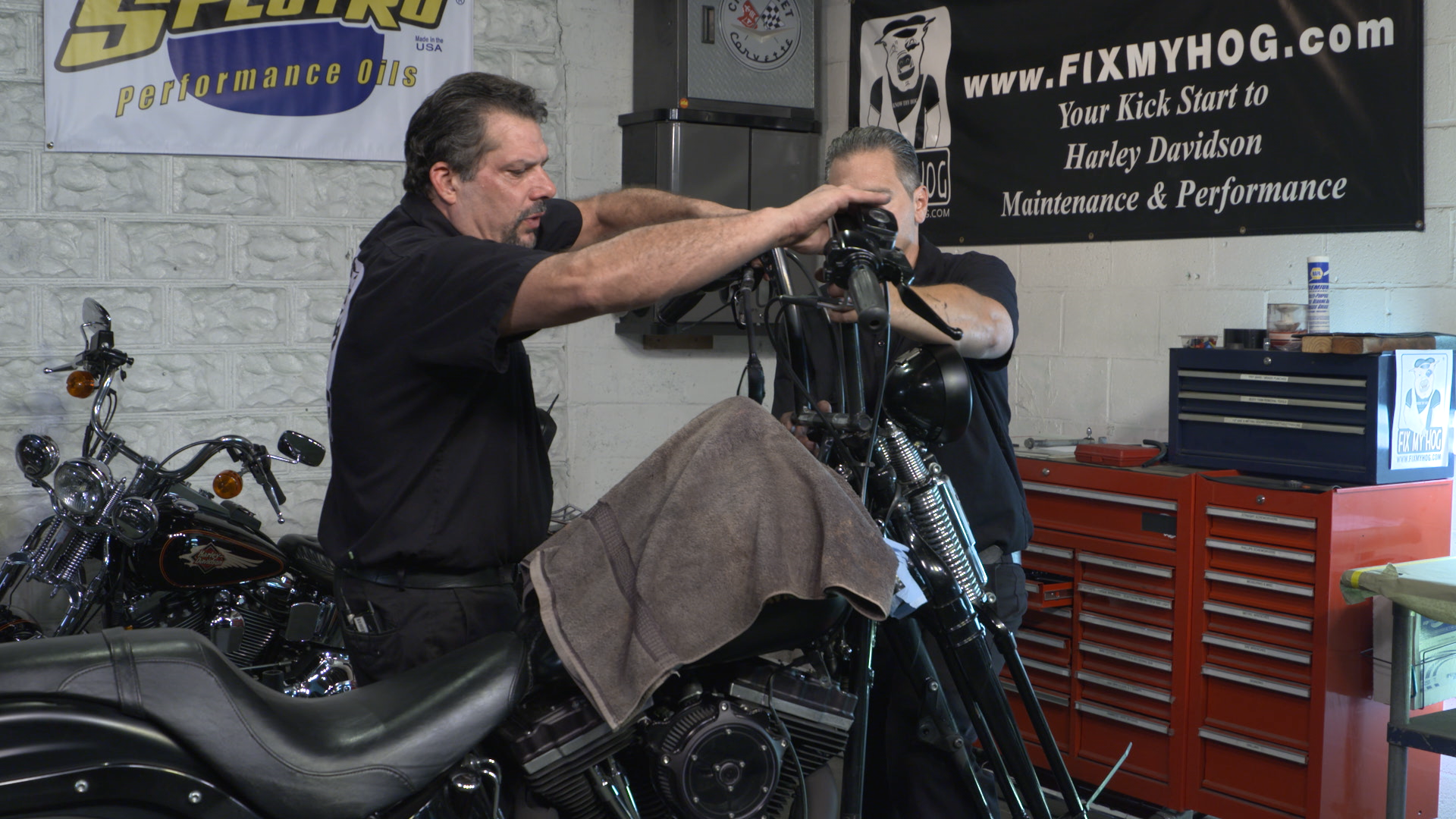
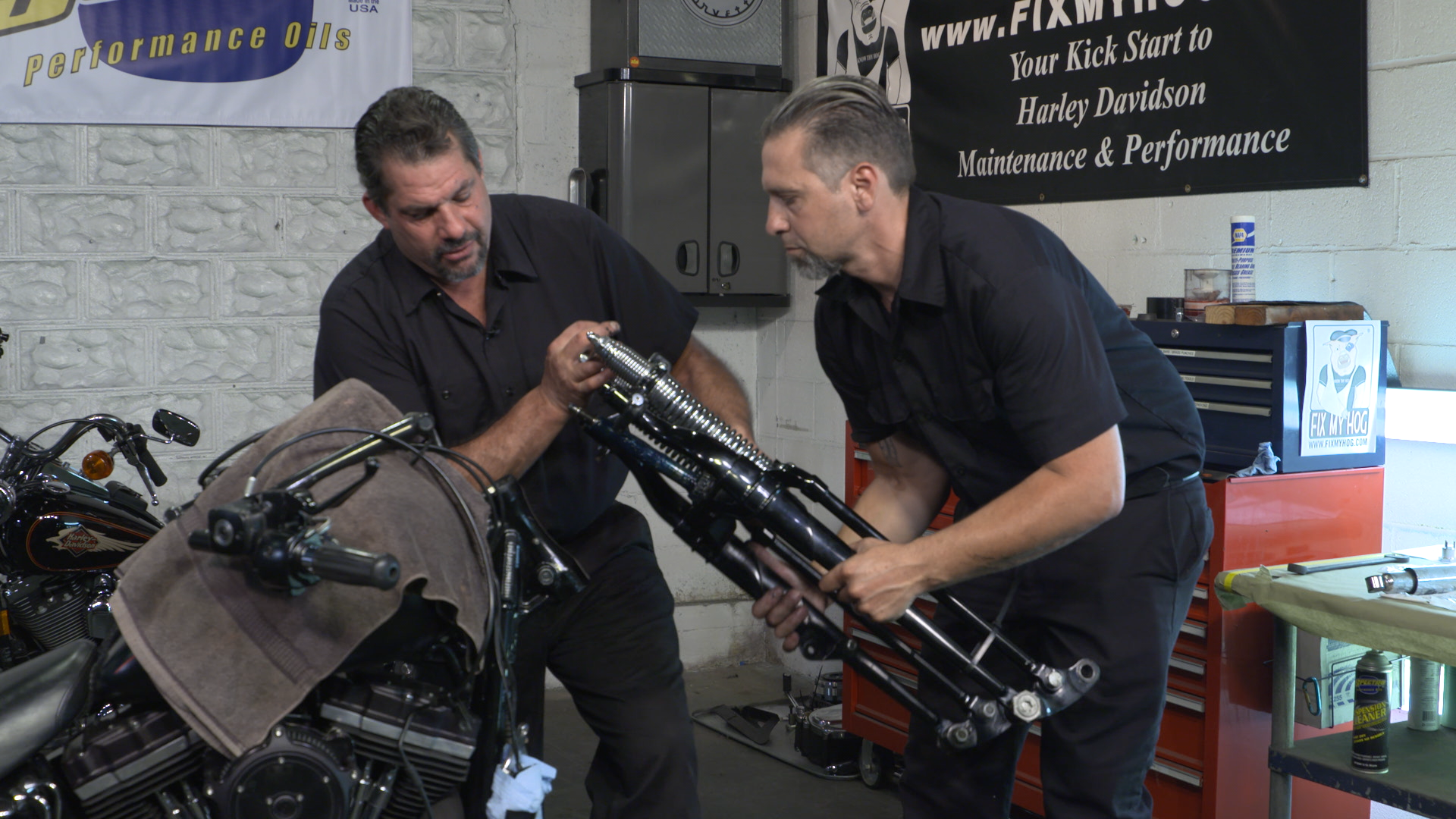
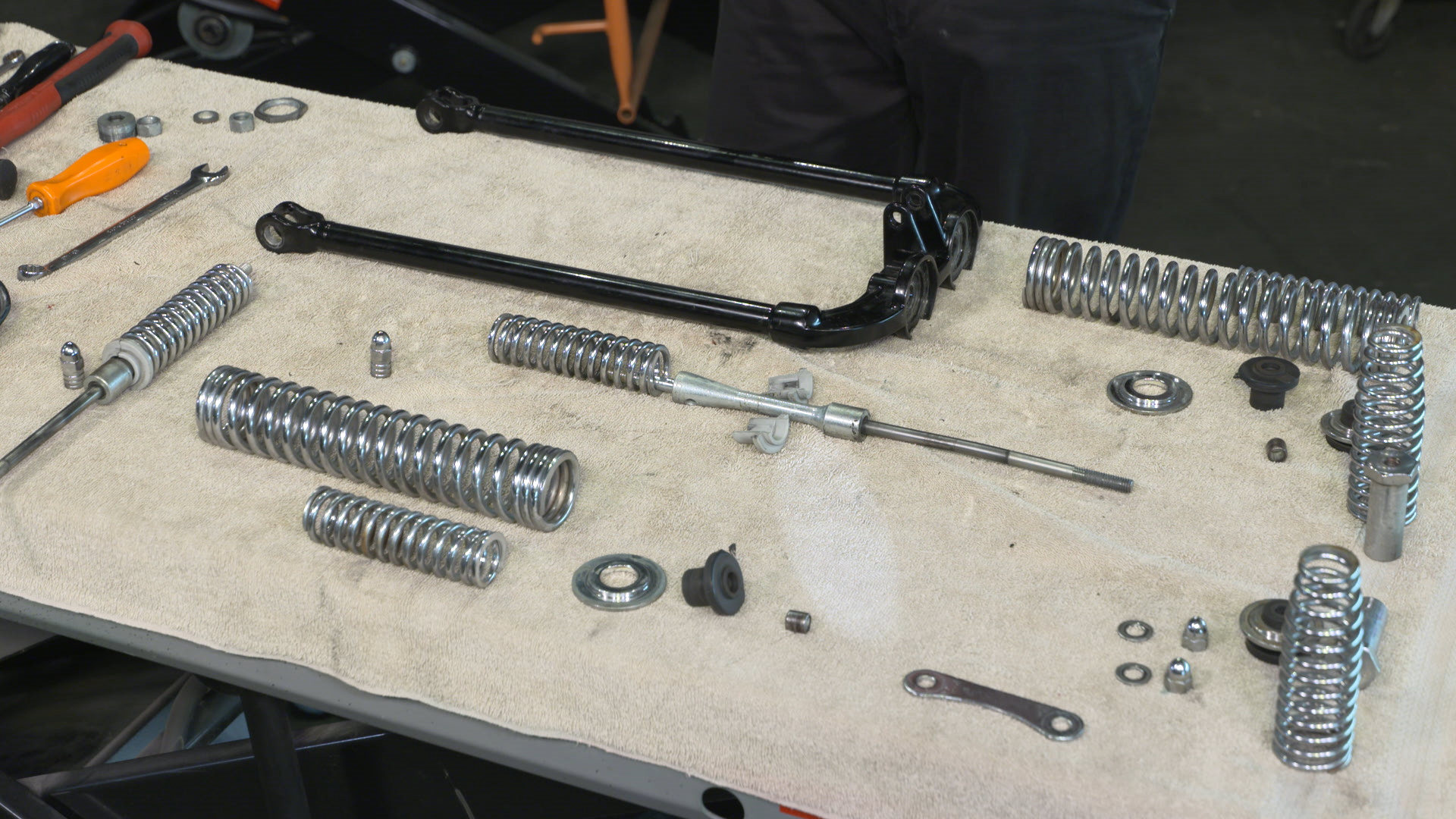


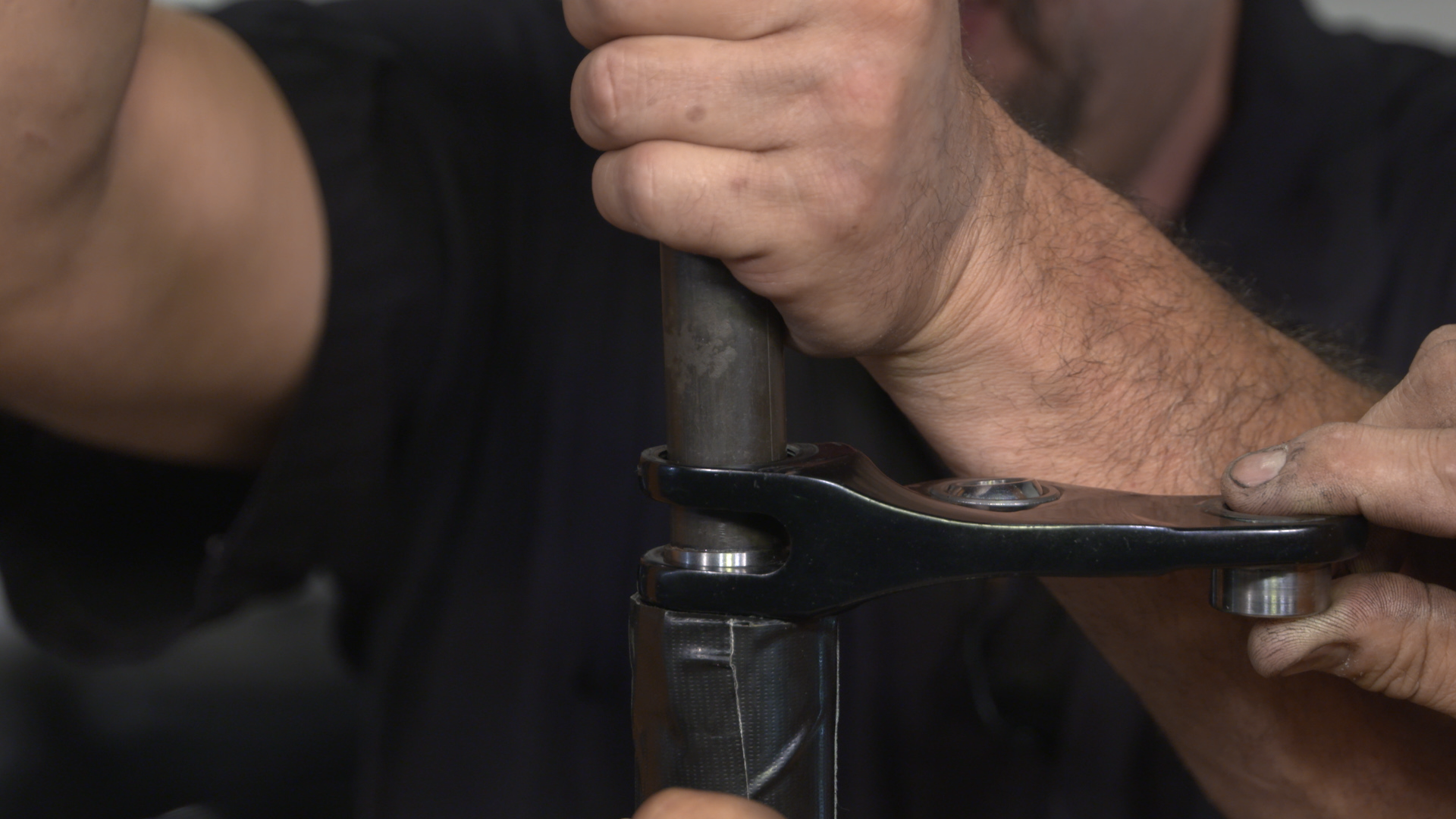
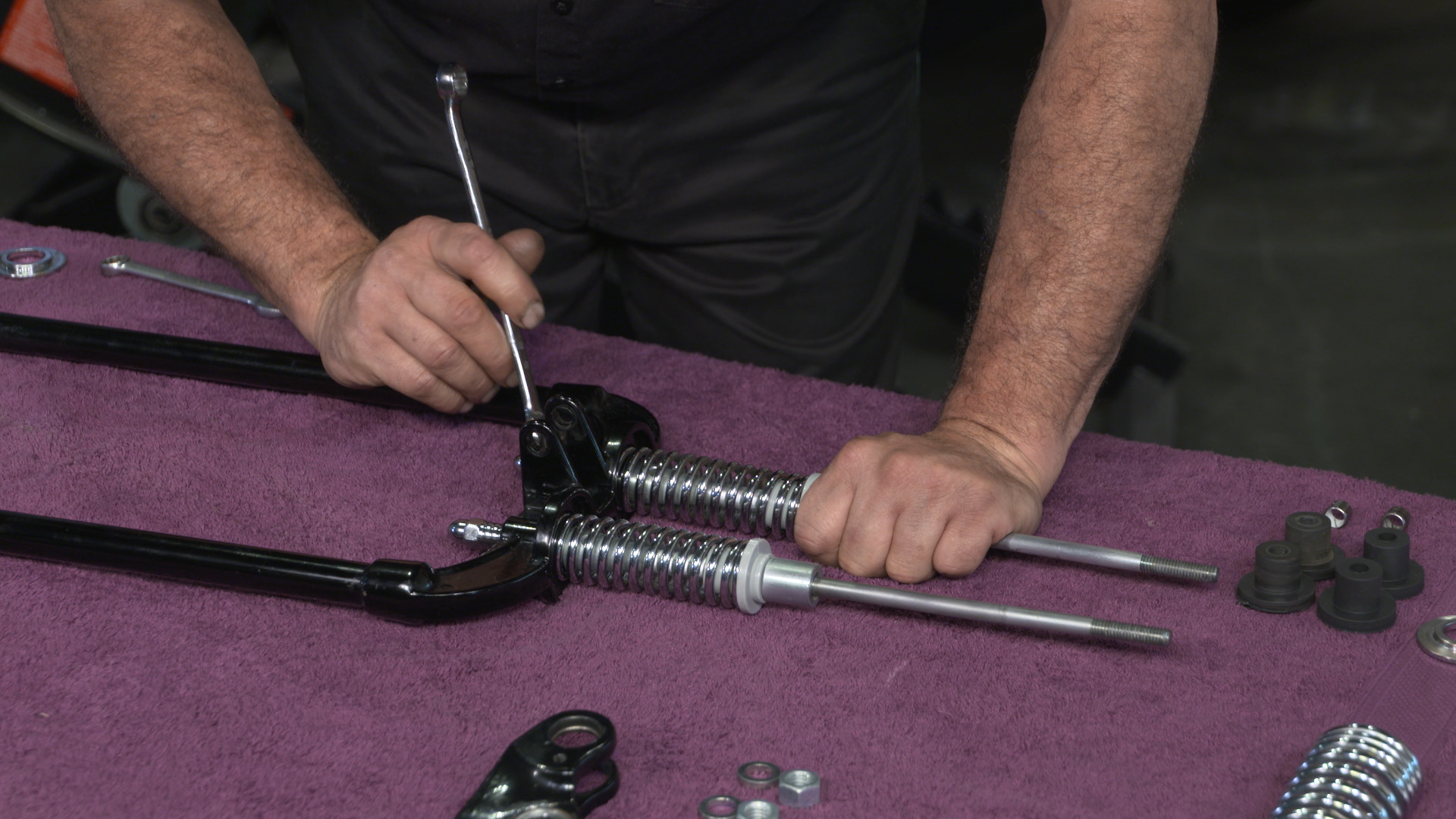

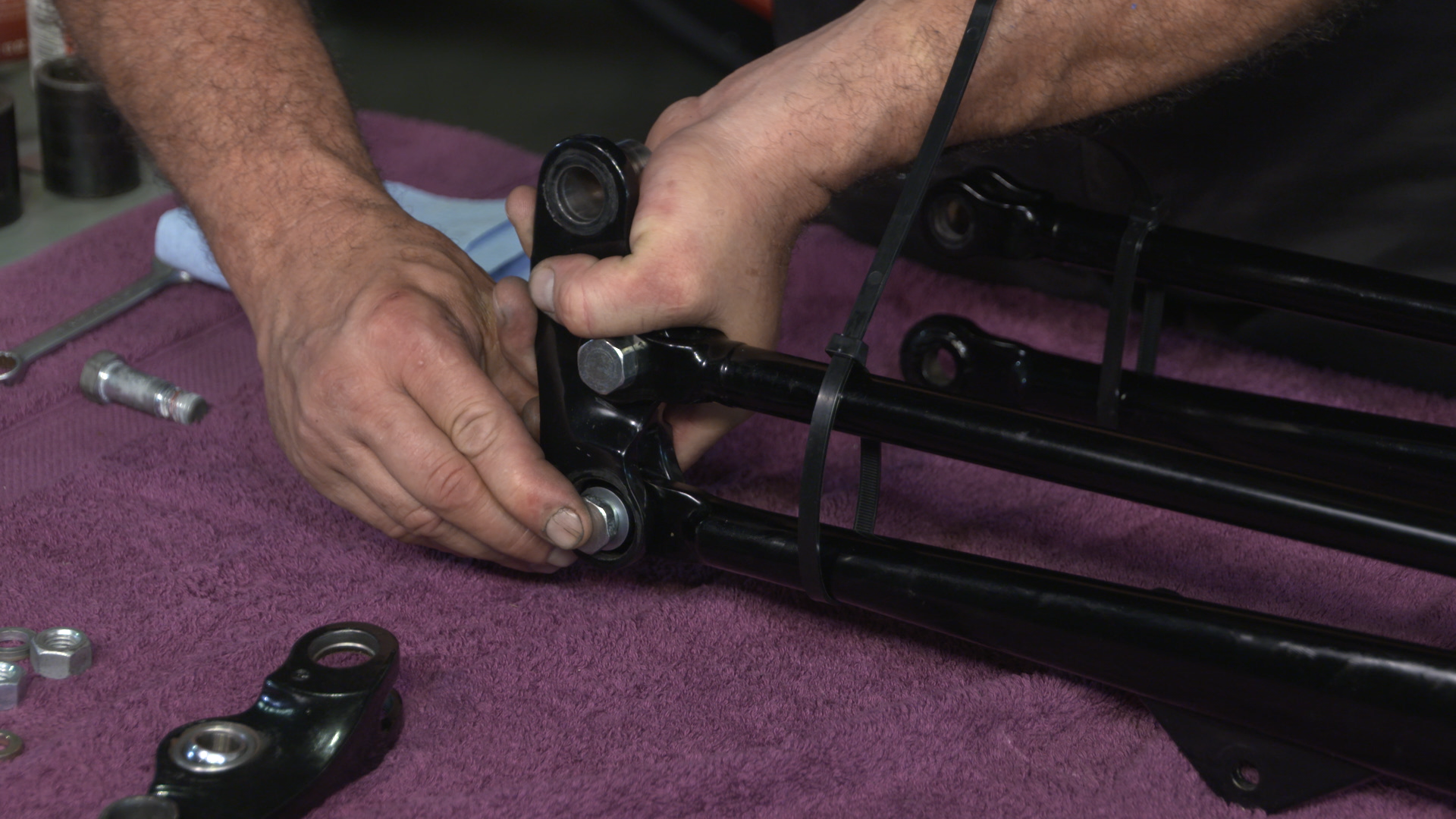
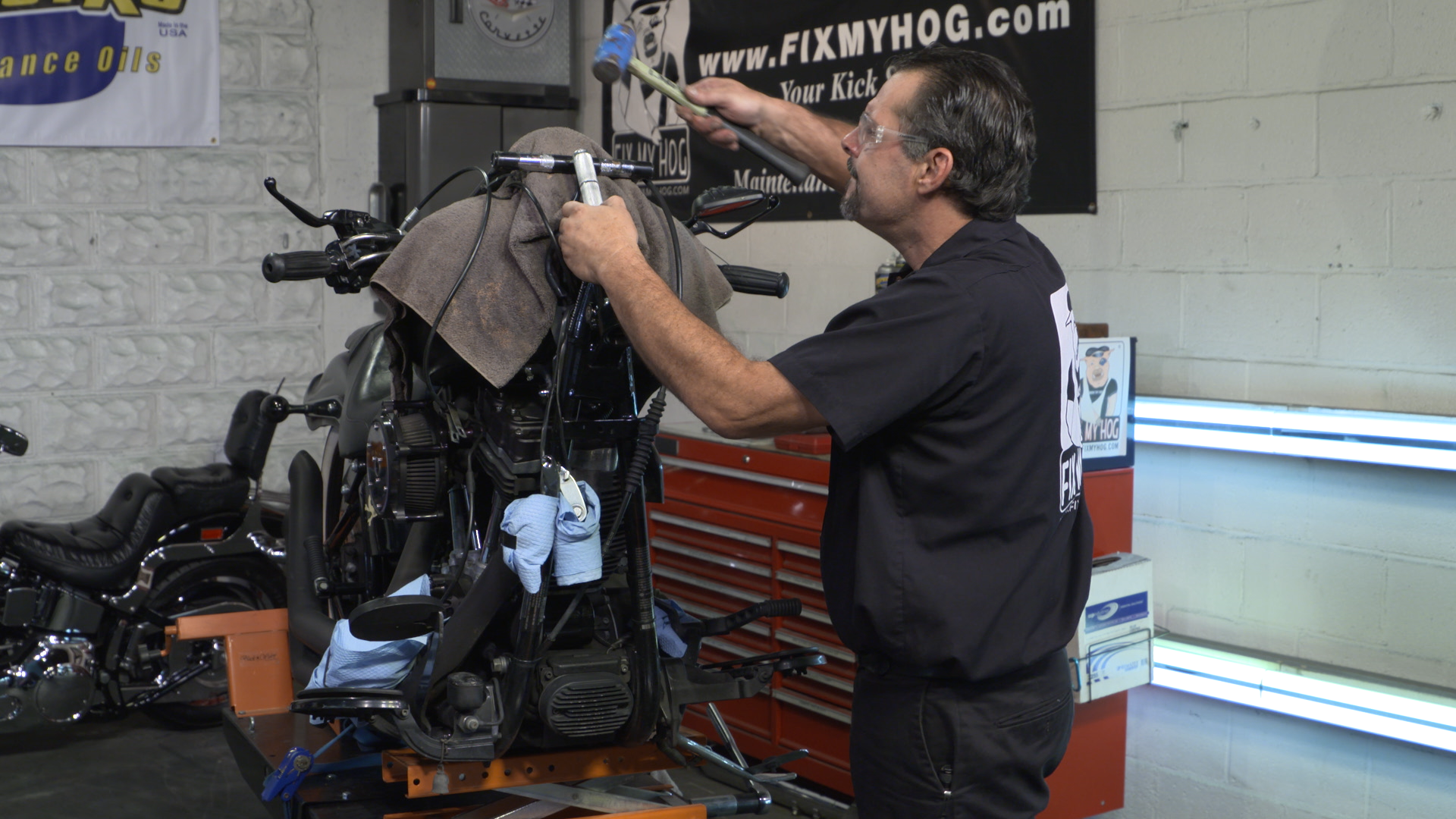

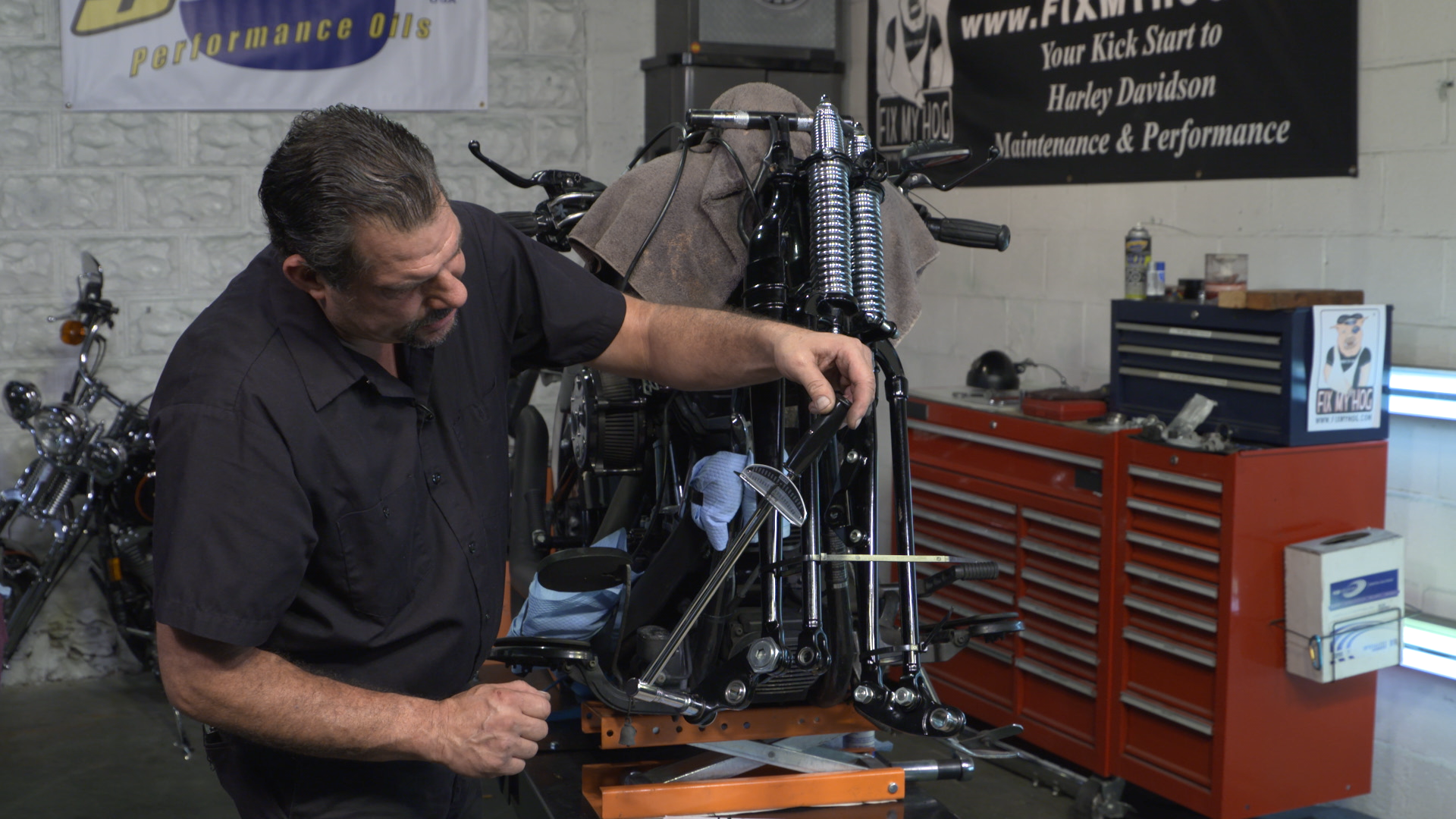

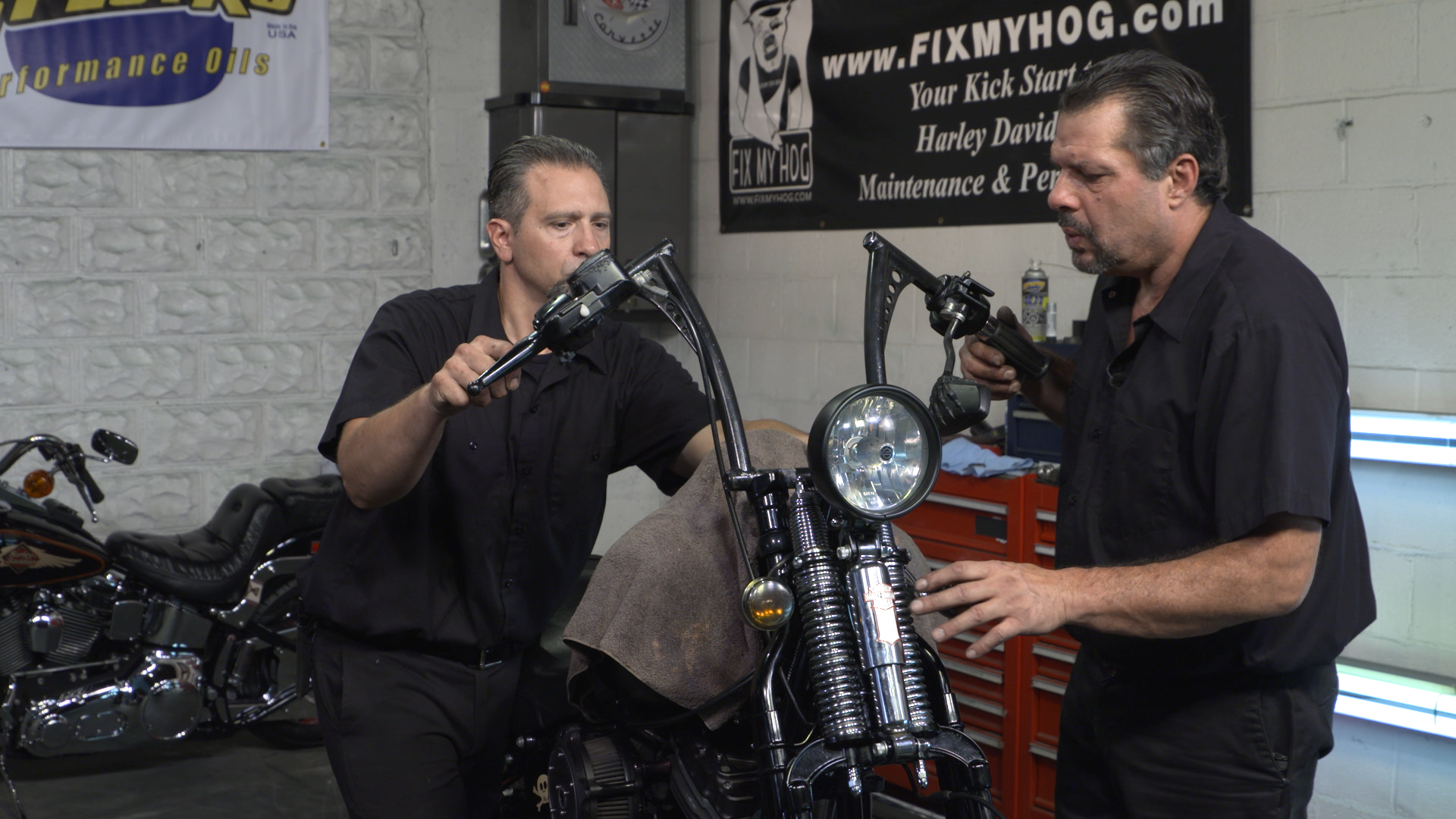
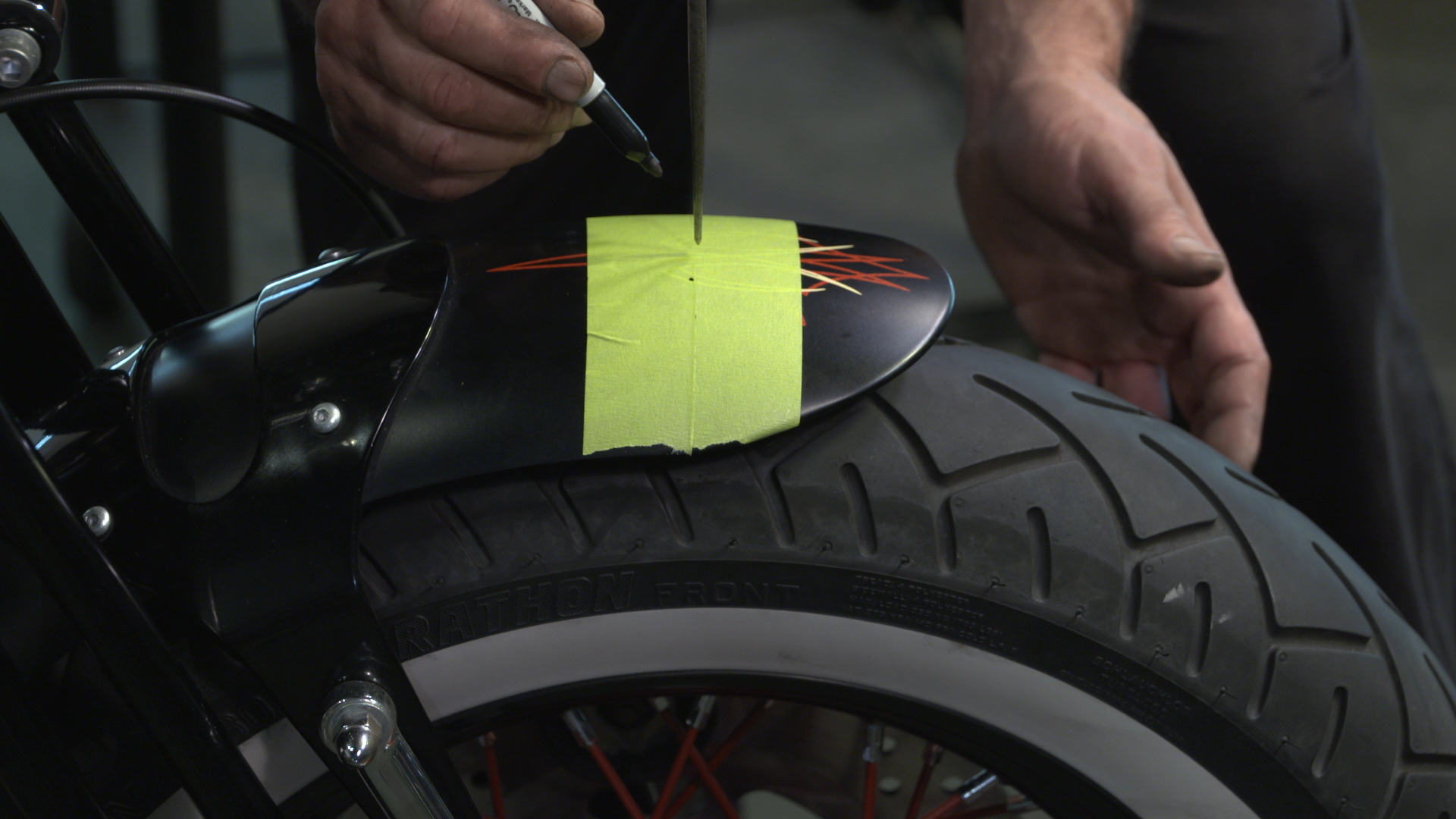
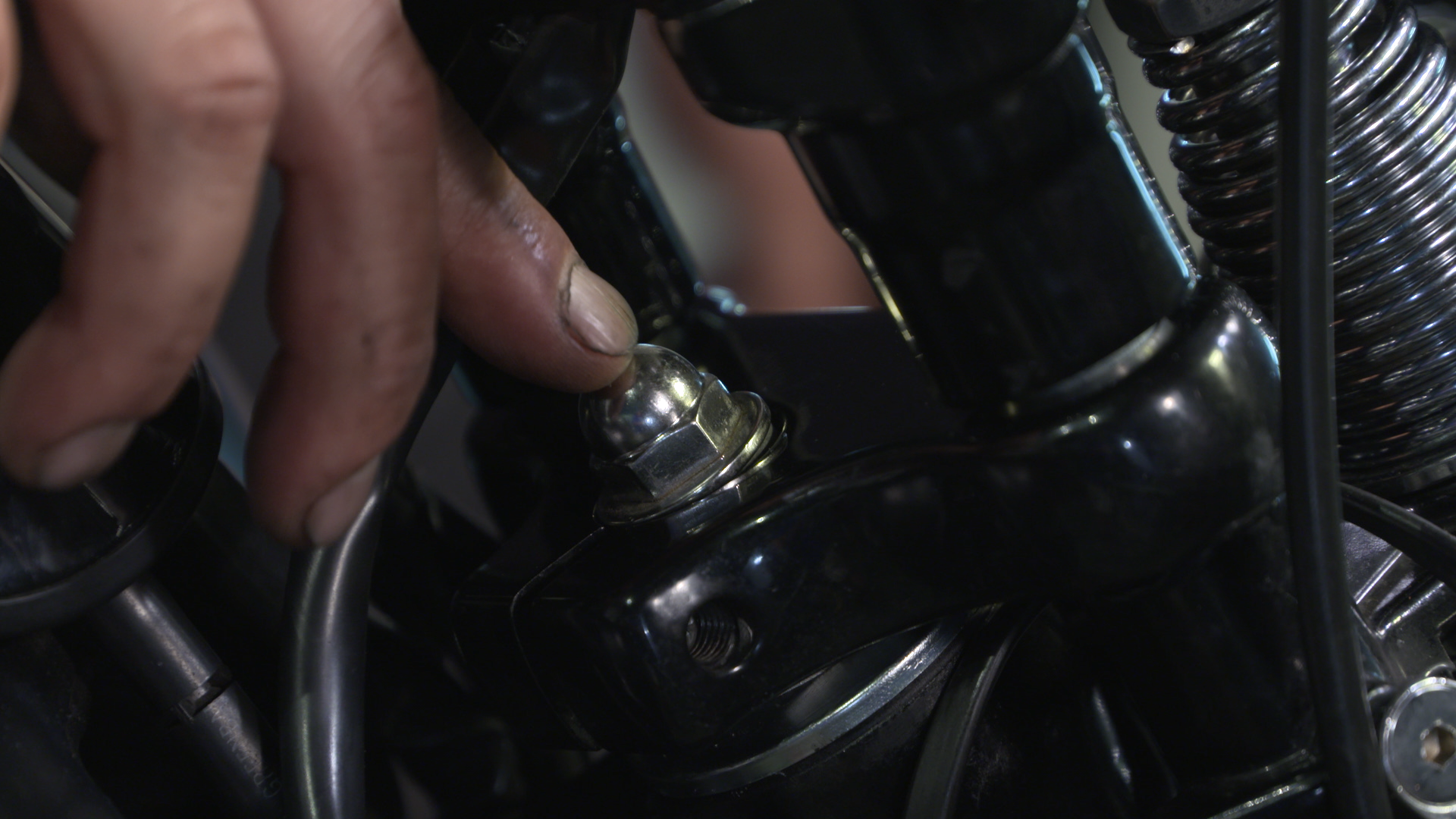
Riding a Harley and knowing how to keep it on the road are two separate things. When the two are brought together, it accentuates our lifestyle. The techniques you learn for general maintenance and repair will soar to a new level with this Fix My Hog video class.
The Harley-Davidson® springer has been in use since the 1930’s. The Harley military springer front end is still a prized item for any chopper builder or collector.
In this class, your instructor will be Bob LaRosa, and he’ll take you step-by-step through the proper operation, adjustment and rebuild procedures on the springer front end.
FX and FL springers have been around a long time. They have a rigid fork and a spring fork set-up. The spring fork is hung on springs to absorb some of the bumps on the road. In 1946 the shock-assisted springer came into play before the duo glide.
In the 1980’s the springer was brought back and had an impressive run through 2011. They remain a rider favorite to this day due to its mechanical nature and feel.
This class will highlight that springers need maintenance just like any other mechanical item on your Harley. There’s no fluid. So the fixed and movable fork needs to be maintained, adjusted and eventually rebuilt as time and miles add up.
In his meticulous fashion, Bob breaks down the springer front end part-by-part and step-by-step. He’ll show you the importance of working in a clean environment and tracking every part you remove and the replacement part you are installing.
The front end is obviously a critical part of the motorcycle and one that requires your time and patience when rebuilding. In addition to this video instruction, you will be using your service manual and some specialty tools.
In addition to video instruction, this Class provides you with some extra downloadable information. Those include a printable Class Guide covering the key steps in the class, a tools/resources document, a bonus video download covering the inspection process of a springer front end, and a video talking about the history of the springer.
Bob LaRosa
Bob LaRosa has worked in the mechanical and auto body industry his entire career. The strong working knowledge that he has comes from years of not only rebuilding internal combustion engines, but modifying them as well. Bob is a graduate of Motorcycle Mechanics Institute (MMI) and their multi-brand program with a focus on Harley-Davidson motorcycles. He worked for a Harley dealer for eight years after graduation, soaking up everything Harley-related, including PhD courses, many trips, and training. He later embraced his entrepreneurial skills, operating his own shop for many years. Bob has also been the leading voice behind the Fix My Hog video community since 2004.

Bonus materials available after purchase
How do I know what the Class covers?
Do I have to be a Member of Fix My Hog to purchase a Class?
How do I purchase a Class?
How do I access/view my Class?
Do I have to take the Class right away?
Is There A Limit On The Times I Can View My Class?
Can I View A Class On My Tablet Device Or Mobile Phone?
How Do I Get Access To The Bonus Materials For The Class?
How Does The Class Q&A Resource Benefit Work?
Can I Print Out Class Details?
What are PDF Downloads?
Are there any system requirements to view the Class video content?
Why do you need my email?
Can I get a refund if I don’t like the Class?
How do I contact Fix My Hog Academy?
Purchase Class
Purchase class and add to your personal library with on-demand video access.
- Enjoy on-demand video access to this content anytime, anywhere for the one-time cost below.
- You won’t lose access, with or without an active current Membership

Springer Rebuild
with Bob LaRosa